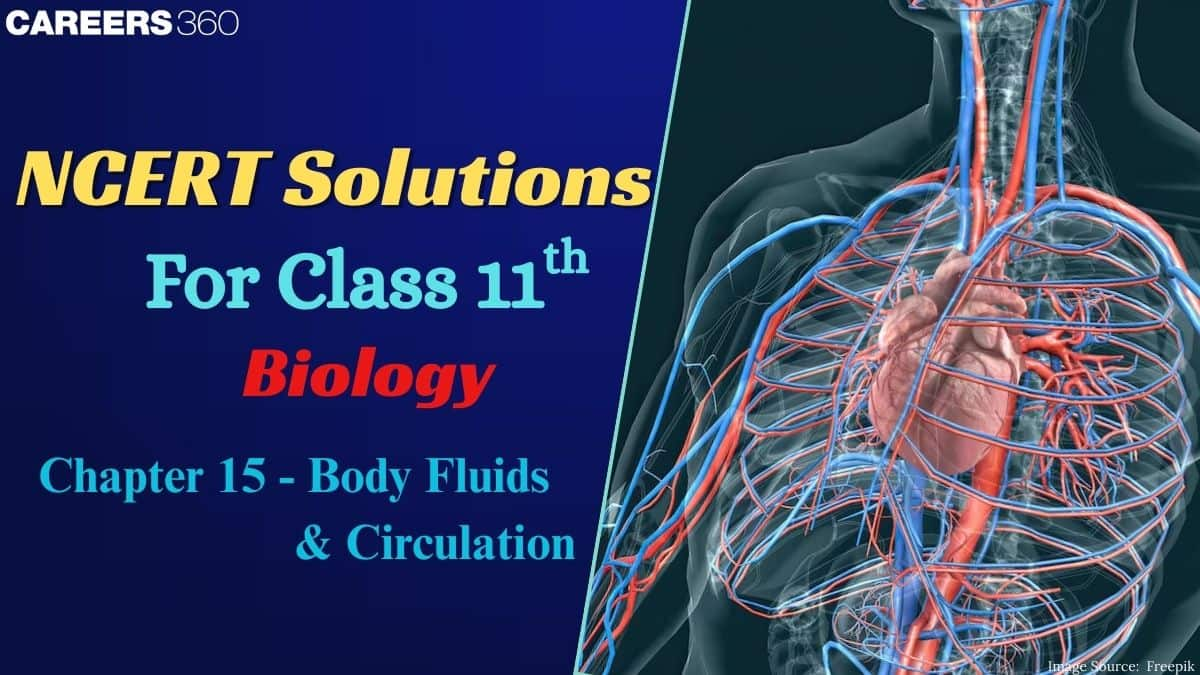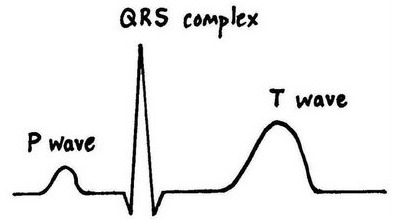Important Questions of NCERT Chapter 15 Body Fluids and Circulation
The chapter explores the mechanisms by which substances like oxygen and nutrients are transported, and the function of the Human Circulatory System. Doing practice of the questions given in the NCERT Solutions for Class 11 Biology Chapter 15 Body Fluids and Circulation improves understanding.
Question 1: Arrange the following blood vessels in descending order of their average pressure.
Aorta, artery, arteriole, capillary, venule, vein.
Choose the correct option:
A. Aorta > arteriole > venule > artery > vein > capillary.
B. Aorta > artery > arteriole > capillary > venule > vein.
C. Capillary > arteriole > venule > artery > vein > aorta.
D. Capillary > vein > venule > arteriole > artery > aorta.
Answer: The correct answer is option (B) Aorta > artery > arteriole > capillary > venule > vein.
Explanation:
In terms of average pressure, the correct arrangement is as follows: Aorta > artery > arteriole > capillary > venule > vein. The aorta, being the largest artery, experiences the highest pressure as it receives blood directly from the left ventricle. The pressure gradually decreases as blood flows through the arteries, arterioles, and capillaries. The pressure is lowest in the venules and veins, where blood returns to the heart.
Question 2: Which of the following correctly explains a phase/ event in the cardiac cycle in a standard electrocardiogram?
A. QRS complex indicates atrial contraction.
B. The QRS complex indicates ventricular contraction.
C. The time between S and T represents atrial systole.
D. P-wave indicates the beginning of ventricular contraction.
Answer: The correct answer is option (B). The QRS complex indicates ventricular contraction.
Explanation:
Ventricular contraction is caused by the depolarisation of the ventricles, which is represented by the QRS complex in a normal electrocardiogram (ECG/EKG).
The electrical signal that triggers the ventricular muscles' mechanical contraction is known as depolarisation.
Because it causes blood to be pumped from the ventricles into the aorta and pulmonary artery, this stage of the cardiac cycle is crucial.
Question 3: The second heart sound (dubb) is associated with the closure of
A. Tricuspid valve
B. Semilunar valves
C. Bicuspid valve
D. Tricuspid and bicuspid valves.
Answer: The correct answer is option (B) Semilunar valves
Explanation:
The bicuspid valve, and tricuspid valve and both together are associated with the first heart sound, and the semilunar valve is associated with the second. The first heart sound ("lub") occurs when the bicuspid and tricuspid valves close during ventricular contraction (systole). The second heart sound ("dub") is produced by the closure of the semilunar valves as the ventricles relax during diastole.
Question 4: Which one of the following blood cells is involved in antibody production?
A. B-Lymphocytes
B. T-Lymphocytes
C. RBC
D. Neutrophils
Answer: The correct answer is option (A) B-Lymphocytes
Explanation:
The main role of B-lymphocytes is in the humoral immune response, mainly producing antibodies. Upon activation, the B-lymphocytes undergo differentiation into the plasma cells, which release specific antibodies to destroy antigens. Apart from this, some of the B-lymphocytes differentiate into memory cells too, to help the immune system respond rapidly upon being exposed to the same antigen next time.
Question 5: Which one of the following types of cells lacks a nucleus in humans?
A. RBC
B. Neutrophils
C. Eosinophils
D. Erythrocytes
Answer: The correct answer is option (A) RBC
Explanation:
Because they don't have a nucleus or mitochondria, red blood cells (RBCs) are different from other mammalian cells. Because of this adaptation, RBCs can make the most of the space that haemoglobin, the protein that carries oxygen, has available.


